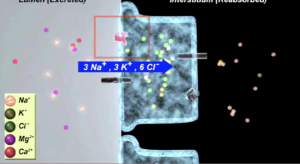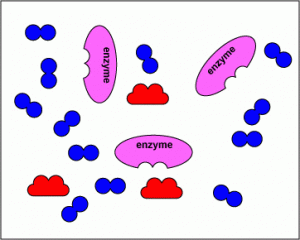A series of videos which talks about the Total Artificial Heart and the role it plays in therapy for patients waiting for heart transplant.
- Artificial Heart Videos Parts 1, 2 and 3 (current post)
- Artificial Heart Videos Parts 4, 5 and 6
- Artificial Heart Videos Parts 7, 8 and 9
- Artificial Heart Videos parts 10, 11 and 12
These videos have been provided to PharmaXChange.info by (Peter Crown, Ph.D, Virtual Clinic Research Center) MedicalIgnorance.org and the Summer Institute on Medical Ignorance, University of Arizona, College of Medicine.
1. What are the patient criteria to receive an Artificial Heart?
Those patients who ultimately end up on this device can come from two different camps, if you will. One may be an emergency type procedure where doctors are down in the OR and may be a surgery has gone bad and in that the type of intervention that they need will be an artificial heart. Or maybe a group of patients who have been on a heart transplant for quite some time and they have surpassed all medical surgical interventions and get to the point where the only type of therapy left for them to use would be the total artificial heart, in using this as a bridge to transplant for a human heart. So when we say bridge to transplant it just that a bridge to transplant is this individual needs a human heart and that human heart is not available and there needs to some type of therapy to keep them from dying while waiting for the human heart. So that’s the role that the total artificial heart plays providing them circulatory support while waiting for the human heart.
2. How long can a patient live on an Artificial Heart?
In the hospital the average stay the patient will stay in hospital on this device is ninety days. We have one patient who has stayed on this as long as 413 days, that’s the record here at the university.
3. What is it like for a patient to have an Artificial Heart?
Once these patients go on this device, they had been sick and now suddenly they are getting blood flow that they need because this device can put out anywhere between 6-8 litres of output. So they are now getting the cardiac output, blood flow, they become healthy and rest of the body organs get a chance to recuperate and now it’s a waiting game. And in that waiting game it becomes more psychosocial type stuff for us. We hang out with them, we go with them for walks, we take them down to the gym, we actually get on treadmills, workout with weights; getting healthy and getting better which prepares them for the next surgery and the next surgery being when the heart becomes available and they get their heart transplant.



